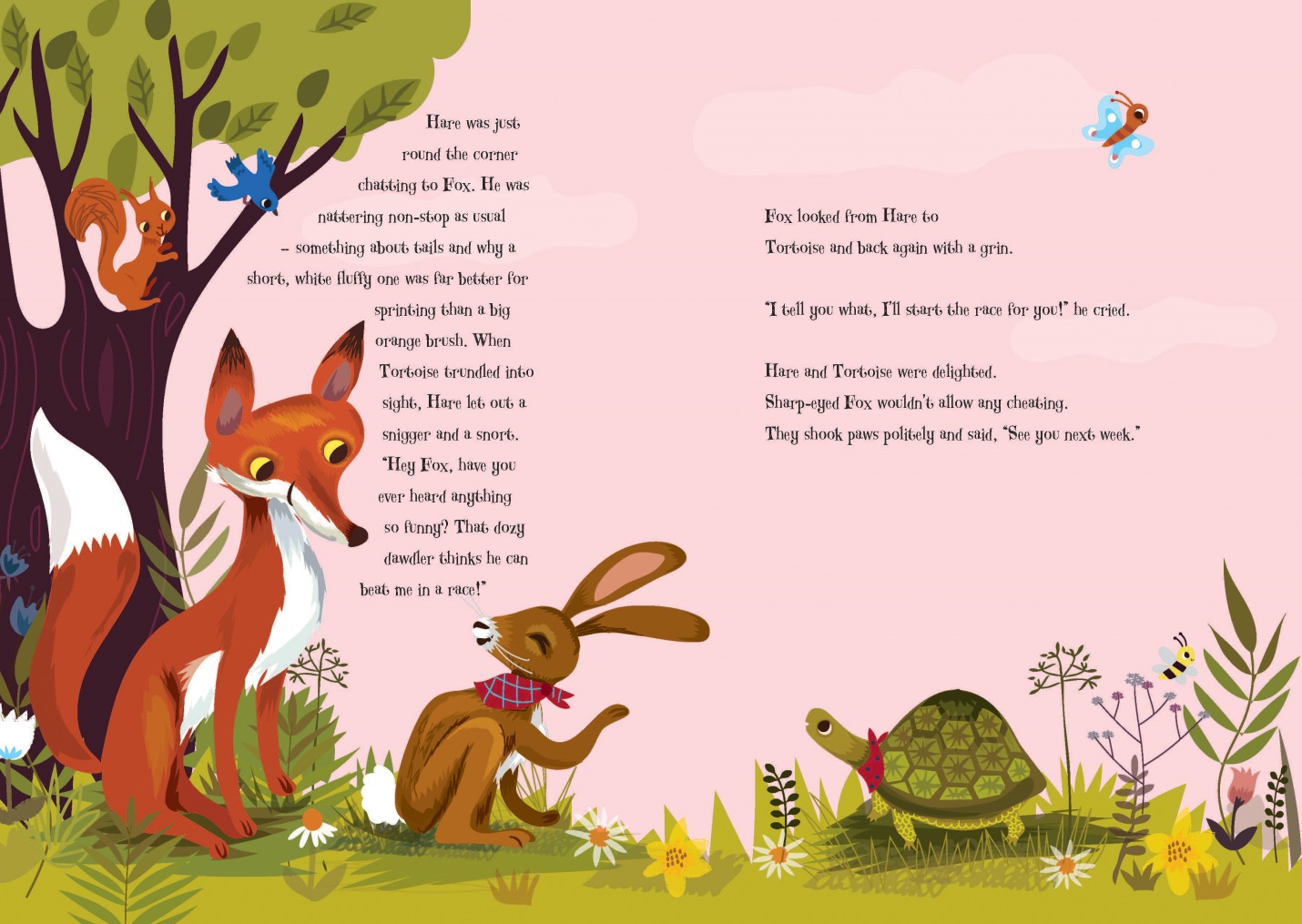Tips To Transform Old Fables In Script Writing
Tips To Transform Old Fables In Script Writing
Fables are considered as moral lessons with short tales that were as folklores. These pieces of morality teach listeners the differentiation of right and wrong; also, it gives advice on manners and behaviours to offer maxims of life. Fables may include a resolution, a conflict which is followed by a proverb. Moreover, most of the fiction fables feature natural elements and anthropomorphized creatures. Ideally, the morale of the story as an overarching rule to live by transcends specifies the strength of characters which is usually stated at the end.

When it comes to transforming fables into scriptwriting, it’s not just about preventing wordy sentences. It is hard to think about the experience you want to give to your readers. It doesn’t have to be a book of tired mythology that has been redone multiple times. You have to blend and alter supernatural characters to give a perfect sense of fiction to the readers with a genre raise to their brows.
Things to Consider
a) Structure
The first thing to consider while transforming a fable is the structure of the story. To get accepted in modern times, it is essential to make supernatural characters intact out of the world of fiction where everything is logical. Also, it has to be scientifically grounded and technologically adequate. Indeed, characters which are developed in historical settings are going to behave differently as a modified character for modern society.
Some of the fiction characters which are non-mythical may be easier for a writer to adjust to the upgraded stories while immortals get it hard to find their niche in the modern world. The reason is, humans may not regard creatures more than mythical.
b) Conflict of interest
Secondly, the thing to be considered here is the conflict of interest. The battles of law enforcement and criminals, the differentiation of evil and angles manifests itself as the most significant gap of ancient and modern development. Therefore, a writer has to decide that how the characters would fit into the dynamics of two entirely different worlds. While constructing the elements of the story, ask yourself; how you can incorporate character elements into conflicts? The result may be terrifying if a writer may not utilize the attributes correctly.

c) Theme
Third, it is critical to consider the theme of the story for how the characters are going to reinforce the smoothness of storytelling. Plot scenes and happenings as per the traits of fable elements to benefit the theme of the story. The best part of the stick to a theme is to have fun with it. While writing, keep in mind that script came out of a fable is the realm of supernatural where anything is possible. The characters can act and live any way a writer would like to make them act and live. The sky is the only limit, so don’t afraid to be creative.
Even if you want to include homicidal fairies and psychic leprechauns in your script, get them out of the fable with a touch of modernism. There is a variety of elements hidden in the ancient treasure, and you can make them intuiting with your writing skills to awe your readers.
How to Transform a Fable Into Scriptwriting?
Considering the above essential elements, below are the top four steps on how to include the ideas to transform an old fable in scriptwriting. Try your hand at writing with them:
1. Determine the Moral of the Story
After deciding the structure, theme and conflicts of interests for your story, decide on a maxim to focus on the moral of your account by coming to the end of a resolution. Morale has to be an overarching rule or a lifelong lesson to live by. The condition is not specific and applicable in certain situations. However, it may be used as a guideline to add strength to your piece and bridge the gap between two different eras.
2. Pick Your Character Attributes
Choose two or three main character attributes as the centre of every aspect. Some fables may have a single active role while some have more than three; however, two is the most common number. Taking the example of Aesop’s fables which are most famous and renewed parables of language, the main characters are mostly forest creatures. They offer a range of attributes to choose from.

For writing your own fable script, you can choose to stay in the fiction world of dragons or in the vein forest of vampires. Also, you can branch out and try something new with creativity. The choice is yours, and you can create a script on mars or even at the bottom of an ocean with mythical and non-animal characters like sun, wind, sea or even objects like stick or pots. The attributes may not need to get defined every time; they just need to present their self, coming out of a whole new world of imaginations.
3. Pick Your Traits in contrast
Despite the characters you choose, they will need to have traits, in, comparison to playing an exciting role in your story. Traditionally, many mythical characters and animals are associated with different human characteristics. For example; an industrious bee; a crafty fox; a tricky spider; a wise owl; or a strong ox. Thus, choose different traits to mould your script as per the modern society.
Plot your story from the chosen fable in contrasting of the opposition of attributes. As mentioned above, most fables have two characters which make it easy for a writer to compare the negative consequences of behaviour with positive consequences of the other one. In some stories, evil characters win the day; however, the moral of the script should not have to anything in the establishment of bad faith or false trust.
4. Shape the Conflicts
Ask yourself; what kind of conflicts you want to get into, based upon the character, attributes and traits that you have identified out of the fable? Choose a pure conflict of interest to demonstrate a personality. Just like a character is slow and focused while the other one is fast but braggadocious; thus, the second one will be easily distracted from his goals while the first one can be bluffed hardly comparatively. Hence, using a road map or a timeline or even storyline graphics to define the layout of the fable can make it very simple with sections to label correctly with conflicts, personification and moral.

Write it Down
Lastly, after considering every bit of scriptwriting coming out an amazingly inspiring fable and following the above steps to shape your story, you are all ready to write it down. Just keep in mind the parables are concise word stories that are simply written with no extraneous details; however, scripts are long-form stories with a series of happenings.
Thus, you can get an inspiration from the central ideas of a fable along with their character elements and extend the story with the structuring by adding your touch of imagination and creativity. Nothing is impossible in the world of fiction. The only thing needed is to make the happenings sensible and logical to get your readers engaged and serve them with a piece of perfection that they want to treasure for years.
